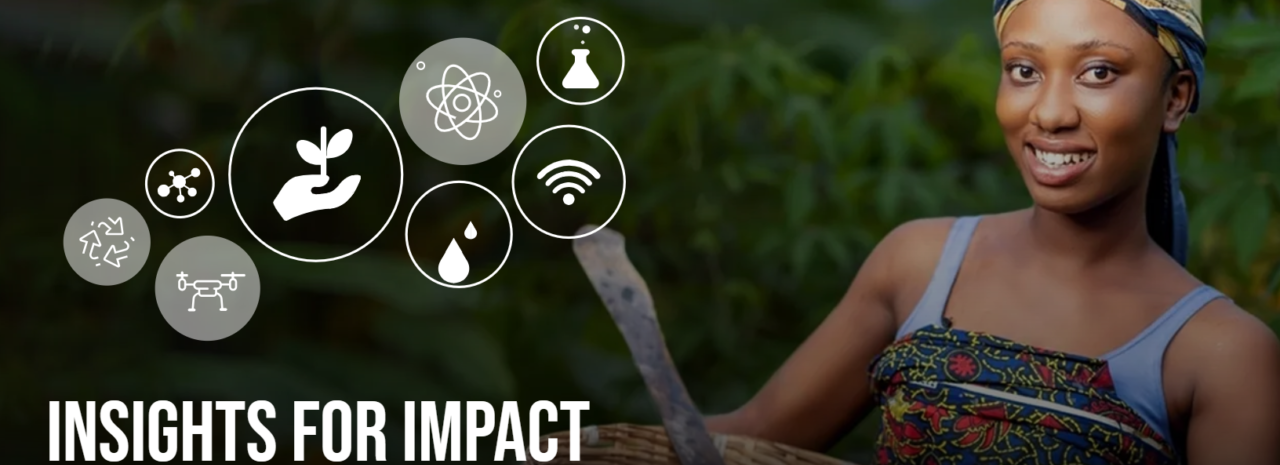
Designing inclusive digital tools for Feed the Future
Genesis Analytics partnered with Athena Infonomics to support USAID in developing a toolkit to guide its staff members and implementing partners on how to design inclusive digital technology interventions within the Feed the Future initiative.
Feed the Future is USAID’s global hunger and food security initiative. It focuses on advancing inclusive agriculture-led economic growth, resilience, nutrition and water security, sanitation and hygiene (WSSH) in priority countries.
Digital tools can help smallholder farmers overcome poverty, but designing these solutions for marginalised communities with limited connectivity and digital literacy is challenging.
Genesis was tasked with creating case studies to highlight the practical challenges and limitations in undertaking an inclusive design process. The case studies revealed a similar set of constraints that implementers are likely to face:
- Time: Development programmes are often under pressure to deliver impact results quickly. Allocating time for intentional, user-focused research and design may be challenging.
- Funding: User research and co-design processes can seem costly, particularly in new markets with insufficient data about the target users. However, not investing in these costs can lead to wasted or duplicative spending later in the programme.
- Information: Building a comprehensive view of the diversity of users in a community often requires compiling and accessing detailed information at the individual level. This is often at odds with much of the information that is publicly available. On the other hand, where detailed user research activities can be conducted, the data can be extensive, complex and challenging to practically address.
None of the case studies provided a perfect view of implementing an inclusive digital design process. The key takeaway is to acknowledge that this is often a messy, non-linear process fraught with challenges and practical constraints. Implementers should not be disheartened if the ideal approach is not possible in all circumstances. Even incorporating the elements of an inclusive design approach that are possible with the resources and skills available can be a sufficient start.